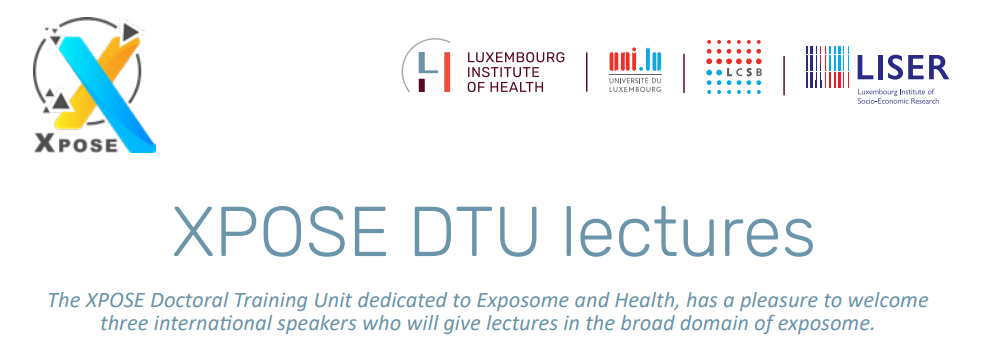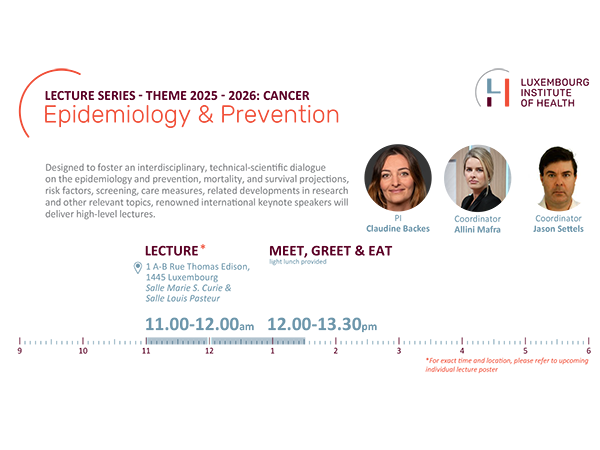Research
Dedicated to life
At the Luxembourg Institute of Health (LIH), we believe we have a collective obligation towards society to use knowledge and technology arising from outstanding research to have a direct and meaningful impact on people’s health.
WE PUT THE PATIENT AT THE HEART OF EVERYTHING WE DO.
We perform patient-centric translational research with a focus on cancer and immune-related disorders. Our particular interest lies in the immune system as a shared functional module between health and disease.
Our dedicated teams of multidisciplinary researchers embrace collaboration and disruptive technology to advance the understanding of disease mechanisms. Using technology like Artificial Intelligence on real-world patient-derived data, we create disease relevant knowledge, which can be tangibly translated into clinical applications through a bed to bench to bed approach.
As a public biomedical research organisation focused on precision health, the LIH is invested in becoming a leading reference in Europe for the transformation of scientific excellence into meaningful benefits for patients.


How we are helping
Our patient-centric research puts people’s health at its heart.
Discover our priority disease areas :

How we are driving innovation
LIH is invested in becoming a reference in Europe for the translation of scientific excellence and innovation into meaningful benefits for patients.
LIH is invested in becoming a reference in Europe for the translation of scientific excellence and innovation into meaningful benefits for patients.
Discover our priority topics :

Contribute
As a patient, researcher, private company or donor, you too can get involved in our work and contribute to our mission in different ways











